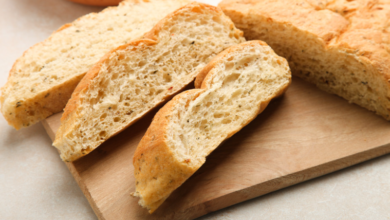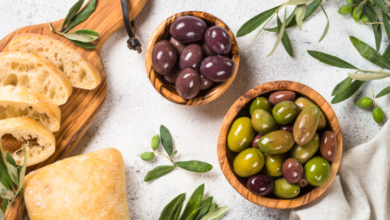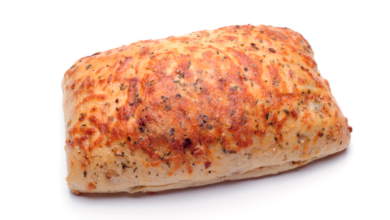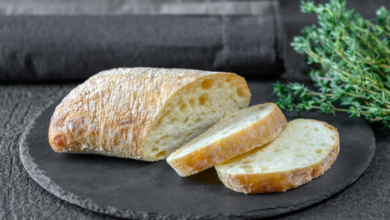Why is my ciabatta not crispy? Follow our advice
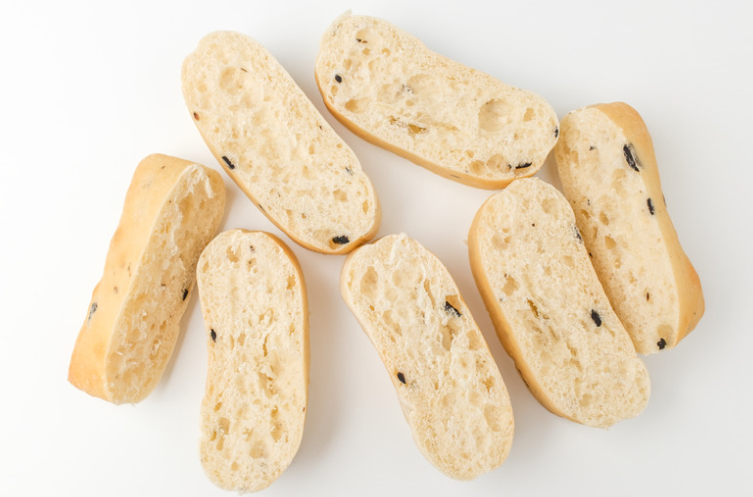
What To Know
- A high baking temperature will help to create a crispy crust, while a lower temperature will result in a softer crust.
- Achieving a perfectly crispy ciabatta requires attention to detail and a deep understanding of the factors that affect crust formation.
- By following the troubleshooting tips and enhancing techniques outlined in this blog post, you can master the art of baking a ciabatta that is both airy and irresistibly crispy.
Ciabatta, an Italian bread known for its airy texture and crispy crust, can be a challenging bread to master. If you’ve been struggling to achieve that perfect crust, you’re not alone. In this blog post, we’ll delve into the reasons why your ciabatta might not be crispy and provide you with expert tips to ensure a perfectly baked loaf every time.
Understanding the Factors that Affect Crispiness
Before we dive into the solutions, let’s first understand the factors that contribute to the crispiness of ciabatta:
- High Hydration: Ciabatta dough is typically highly hydrated, meaning it contains a high proportion of water to flour. This hydration level creates the large holes and airy texture characteristic of ciabatta. However, too much water can make the dough too wet and prevent it from forming a crispy crust.
- Steam: Steam plays a crucial role in creating a crispy crust. When ciabatta is baked, the water in the dough evaporates and creates steam. This steam helps to form bubbles in the crust, which gives it its characteristic texture.
- Baking Temperature: The temperature of your oven is also important. A high baking temperature will help to create a crispy crust, while a lower temperature will result in a softer crust.
- Baking Time: The baking time will also affect the crispiness of your ciabatta. Overbaking can result in a dry and tough crust, while underbaking will result in a soft and chewy crust.
Troubleshooting Tips for a Crispy Ciabatta
Now that we understand the factors that affect crispiness, let’s address the common reasons why your ciabatta might not be crispy and provide solutions for each:
1. Too Much Hydration
- Solution: Reduce the amount of water in your dough. Start by reducing it by 10% and see how it affects the crispiness.
- Tip: Use a kitchen scale to measure the ingredients accurately.
2. Lack of Steam
- Solution: Create steam in your oven by placing a heatproof bowl filled with water on the bottom rack.
- Tip: You can also spray the loaves with water before baking.
3. Low Baking Temperature
- Solution: Increase the baking temperature to around 450-475°F (230-245°C).
- Tip: Use an oven thermometer to ensure your oven is reaching the correct temperature.
4. Short Baking Time
- Solution: Bake the ciabatta for longer. Start by adding 5-10 minutes to your usual baking time.
- Tip: Use a meat thermometer to check the internal temperature of the bread. It should be around 205-210°F (96-99°C).
5. Inadequate Cooling
- Solution: Allow the ciabatta to cool completely on a wire rack before slicing.
- Tip: Cutting the bread while it’s warm will release steam and prevent the crust from crisping up.
6. Overcrowding
- Solution: Do not overcrowd the baking sheet. Allow enough space between the loaves for air to circulate.
- Tip: Use multiple baking sheets if necessary.
7. Incorrect Scoring
- Solution: Score the ciabatta deeply before baking. This will allow the steam to escape and create a crispy crust.
- Tip: Use a sharp knife or razor blade to score the loaves.
Tips for Enhancing Crispiness
In addition to troubleshooting the common problems, here are some additional tips to help enhance the crispiness of your ciabatta:
- Use a sourdough starter: Sourdough starters produce lactic acid, which helps to create a crispy crust.
- Add a small amount of salt to the dough: Salt helps to draw moisture out of the dough, resulting in a crispier crust.
- Let the dough rise slowly: A slow rise will allow the dough to develop more flavor and a crispier crust.
- Bake the ciabatta on a preheated baking stone: A baking stone will help to create a crispy crust by absorbing moisture from the dough.
The Bottom Line: The Secret to a Perfectly Crispy Ciabatta
Achieving a perfectly crispy ciabatta requires attention to detail and a deep understanding of the factors that affect crust formation. By following the troubleshooting tips and enhancing techniques outlined in this blog post, you can master the art of baking a ciabatta that is both airy and irresistibly crispy.
Frequently Asked Questions
1. Why does my ciabatta have a soft crust?
Answer: Your ciabatta may have a soft crust due to insufficient baking time, low baking temperature, or too much hydration in the dough.
2. How can I make my ciabatta crust even crispier?
Answer: To enhance the crispiness of your ciabatta, try using a sourdough starter, adding salt to the dough, letting the dough rise slowly, and baking it on a preheated baking stone.
3. Why is my ciabatta dough too wet?
Answer: If your ciabatta dough is too wet, it may be due to using too much water or not kneading it enough. Reduce the amount of water in your dough or knead it for longer until it becomes less sticky.
